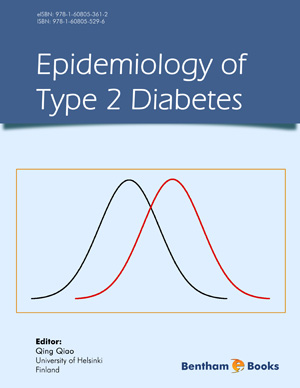Abstract
Polycystic ovarian disease (PCOD), Alzheimer's disease (AD), and type 2
diabetes mellitus (T2DM) have strong co-relation with each other, according to the
accumulated evidence. However, many pieces of evidence have suggested that diabetes
is the major risk cause behind PCOD and AD. We have focused on shedding light on
the close association between PCOD, AD, and anti-diabetic drugs. When the family
history of diabetes is studied extensively, it is illustrated that there are known
associations between insulin resistance and development of the PCOD.Studies have
been performed on different individuals with PCOD, both oligomenorrheic and
eumenorrheic women. Irrespective of the criteria of obese and non-obese women, there
is a high prevalence of type 2 diabetes history in their family, hence proving the family
inheritance of the ovarian disorder. While studying the pathophysiology of diabetes, it
is observed that many characteristics of AD are similar to that of T2DM such as
elevated oxidative stress, amyloid-beta (Aβ) production at a high level, cerebrovascular
complication, and dysfunctional insulin signaling. Among the anti-diabetic drugs,
metformin is most commonly used, and it has many useful functions, such as
controlling serum lipid profiles, having positive control over the hemostasis process,
and serving an anti-inflammatory role
Keywords: Alzheimer’s disease, Diabetes, Eumenorrheic, Insulin signaling, Metformin, Neurodegeneration, Oxidative stress, Oligomenorrheic, PCOD.

















